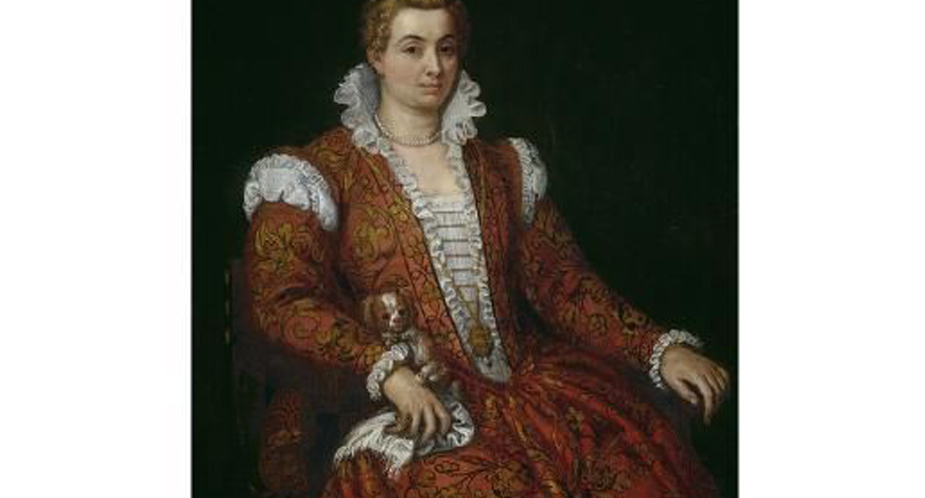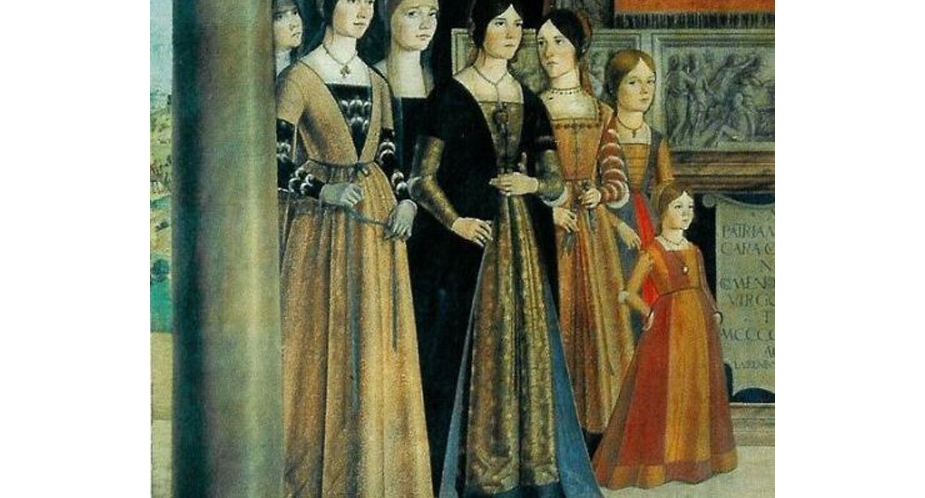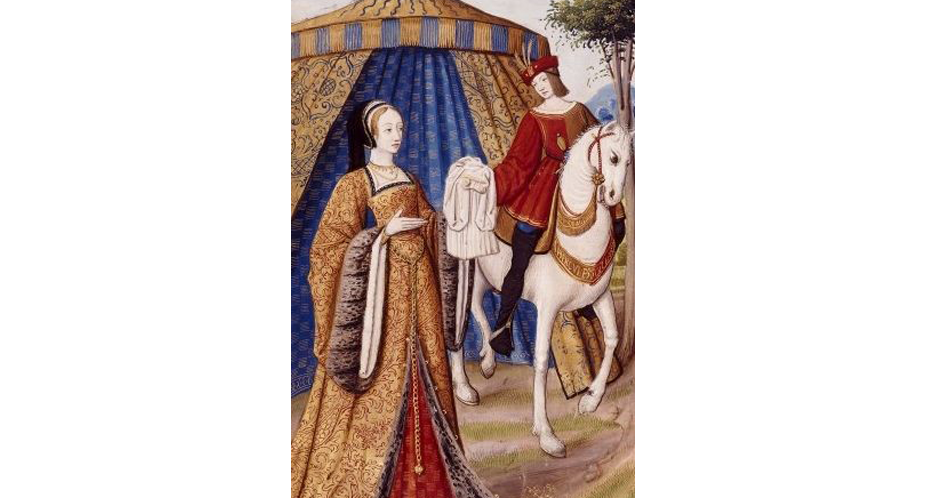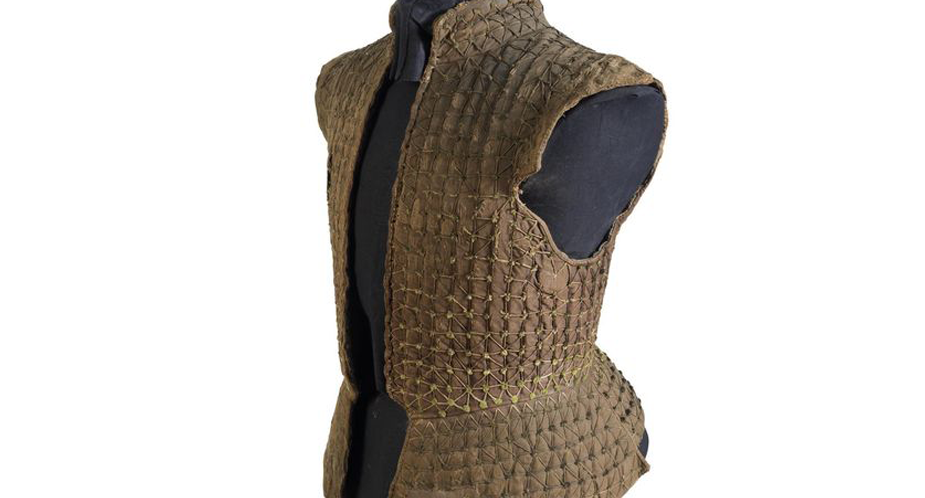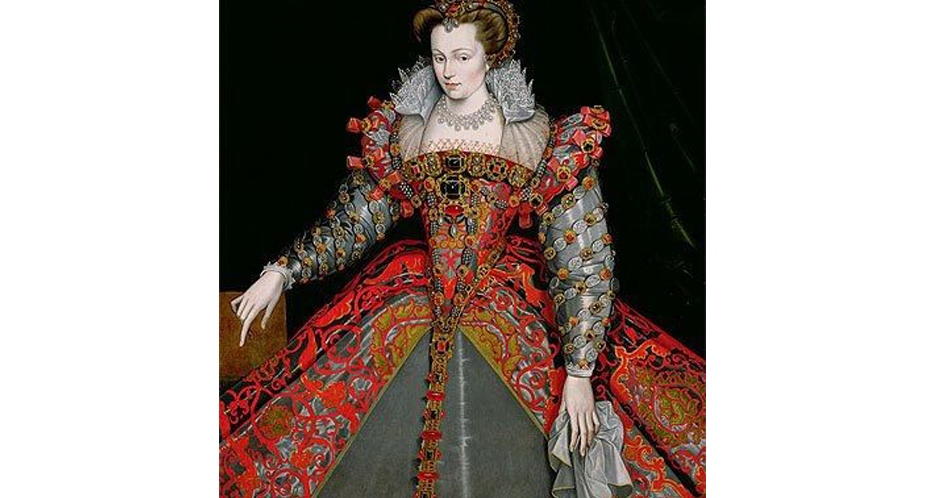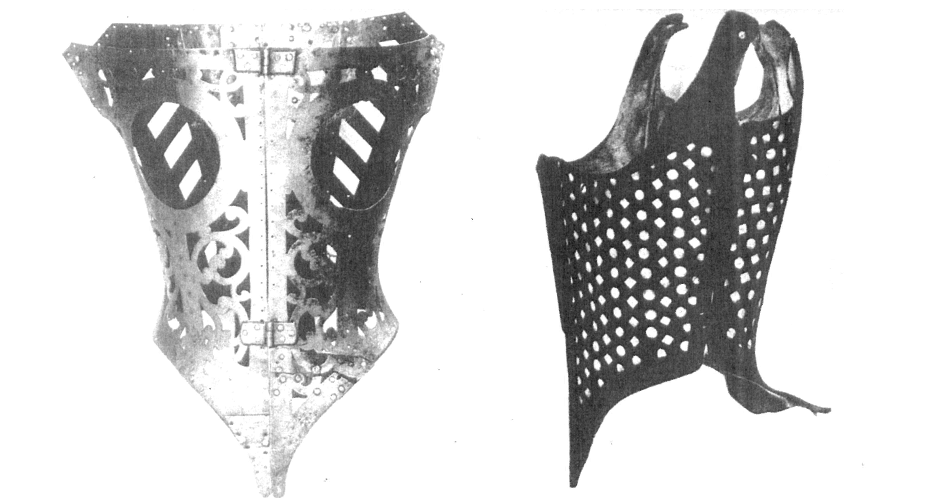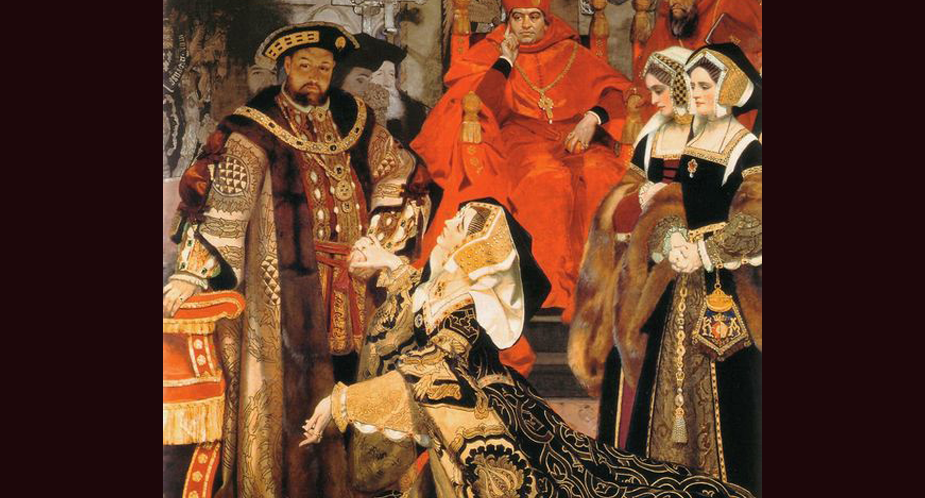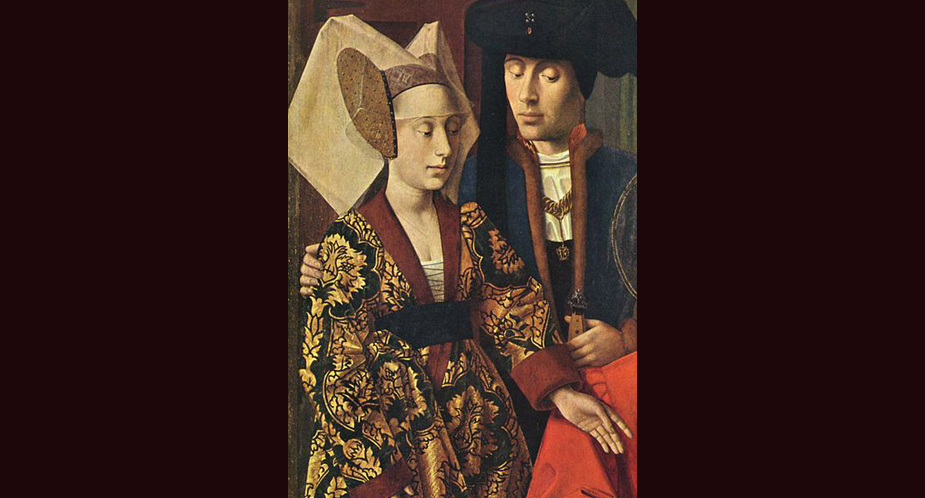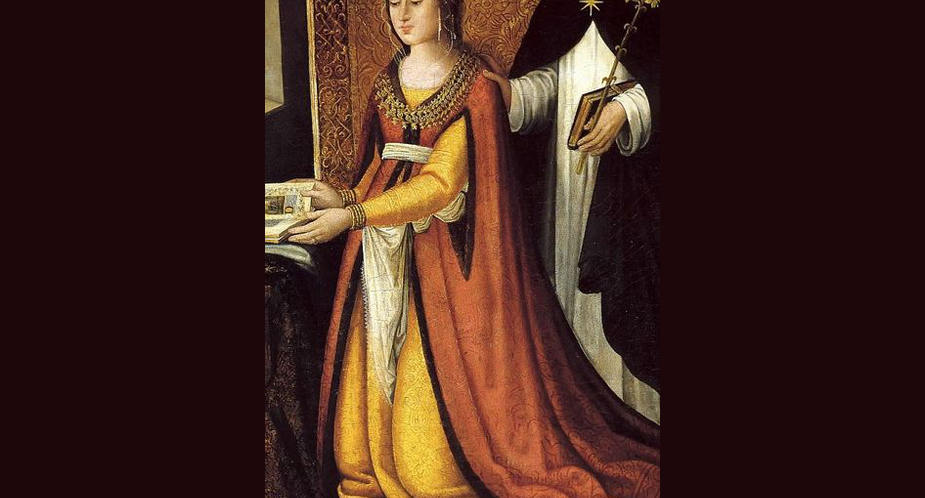… ornamented garment began to be called a “waistcoat” which was made of two or more layers of heavy linen padded together and quilted. It was worn with a short basque that had eyelet holes into which hose were laced. (Portrait: Early in the 16th century, women dressed as men …
